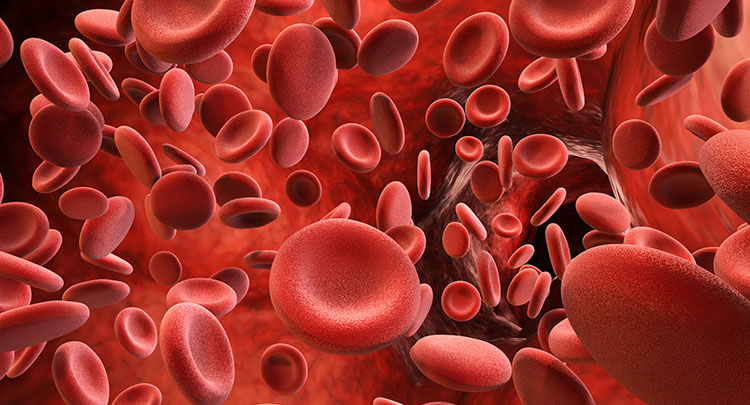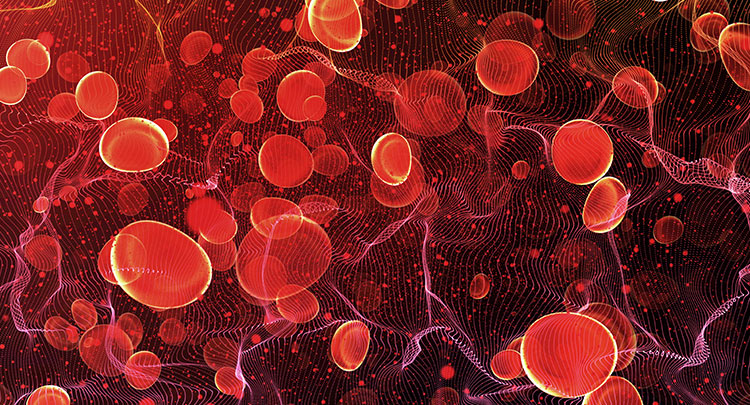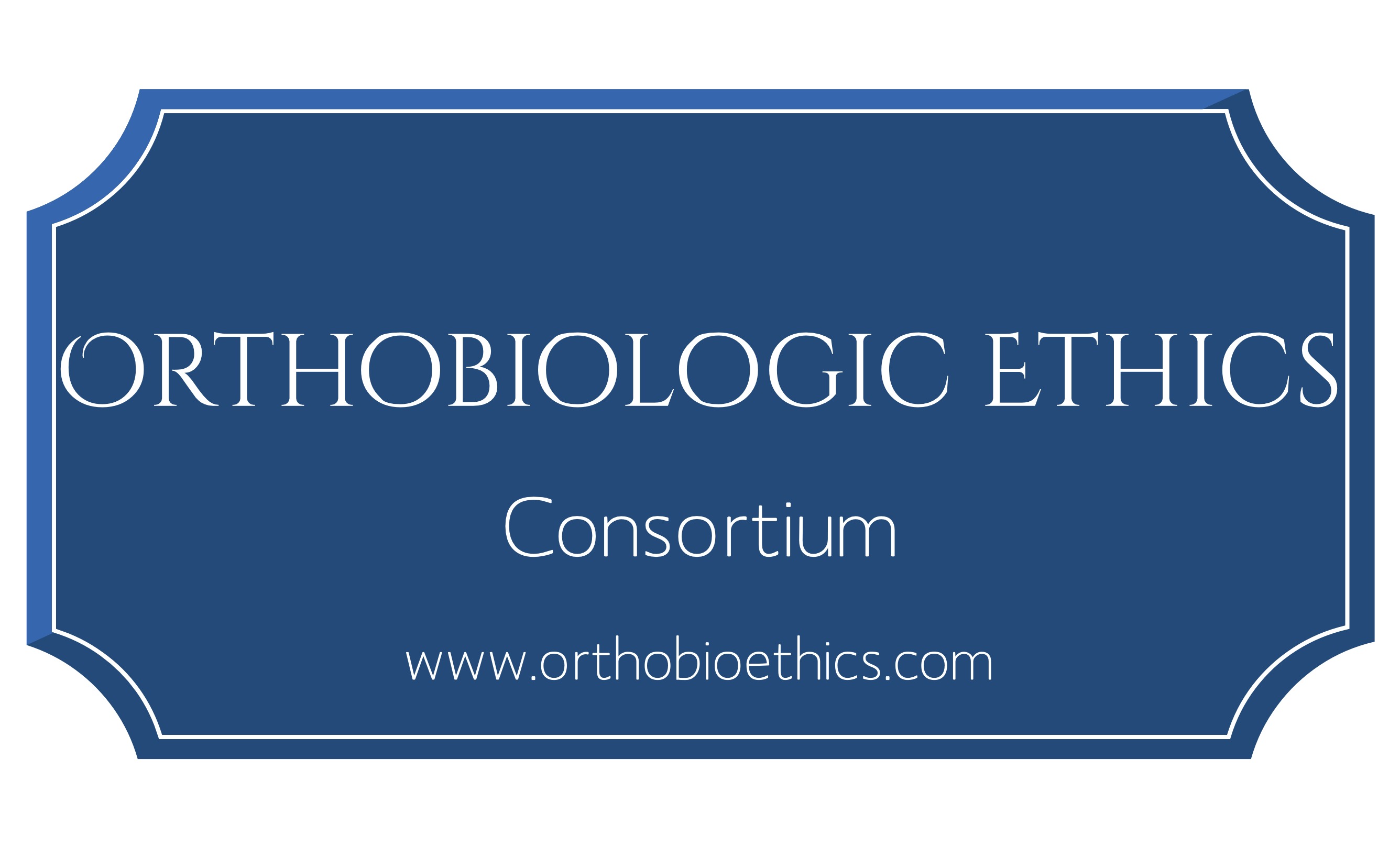
Hip injuries are quite common among many individuals, and damage can be due to osteoarthritis, ligament strains or tears, osteonecrosis, bursitis, muscle or tendon damage, tendonitis, and more. When hip pain levels increase, it can negatively impact many areas of life, making it more difficult to walk and perform activities you love to do.
Hip pain may seem difficult to manage, but, a regenerative medicine technique known as bone marrow concentrate, known as BMC, provides a great treatment option that helps individuals avoid the need for hip replacement surgery. This therapy method works to reduce and repair tissue damage, preserving hip function and strength, and is a popular treatment here at Paragon Sports Medicine.
What is Bone Marrow Concentrate?
Dr. Ched Garten explains that BMC is derived from a patient’s own bone marrow, and attaining it is minimally invasive. Bone marrow is most often extracted from the back of the hip bone using a needle, and this process generally only requires the surrounding area to be numbed. The entire process takes just a few minutes, and is done in-office at our Paragon Sports Medicine facility.
Then, once the marrow has been extracted, it is placed in a centrifuge. This allows the red blood cells (RBCs) to be separated from other components. The majority of the RBCs are then discarded, providing a sample with a higher concentration of other cells, such as stem cells, platelets, and growth factors. A sample with a higher concentration of these cells is able to work more efficiently in a damaged tissue than if it was diluted with extra RBCs.
How is BMC Used in Regenerative Medicine?
BMC is a biologic, and biologics are substances derived from living organisms that can be used for regenerative medicine. Biologics most often work by either differentiating to create new tissue that can replace damaged tissue or by recruiting and stimulating additional cells to the affected area to accelerate the healing process.
Mesenchymal stem cells are an example of differentiating cells. These cells are multi-potent cells, and they have the ability to change into various cell types, including chondroblasts, osteoblasts, and fibroblasts. These three cells are able to create new cartilage, bone, and fibrous connective tissues respectively. This allows BMC to create new tissue that has been broken down or damaged.
BMC also contains platelets, which are packed with growth factors. There are many different types of growth factors, and they help to reduce tissue inflammation, create new blood vessels, prevent scar tissue from generating, and more. Cytokines are also present in BMC, which are bioactive molecules that improve cellular communication and can speed up the healing process.
After a sample of BMC is derived, it can then be injected directly into the damaged tissue. The injection most often occurs into the joint capsule, around a bursa or tendon sheath, or on top of cartilage surfaces. This injection is performed using image or ultrasound guidance, allowing physicians to perform the procedure quickly and accurately.
How does BMC Help Individuals Avoid Hip Replacement?
The stem cells present in BMC play a huge role hip preservation. Because these tissues can differentiate, they are able to help heal a variety of different injuries, ranging from arthritis to ligament tears. This can be especially useful for treating osteoarthritis. This disease is the most prevalent joint disorder in the United States, and it can cause severe hip pain and is one of the leading causes of hip replacement surgery. BMC therapy is able to stimulate the growth of new cartilage tissue, restoring joint function.
The growth factors present in BMC also play a major role in tissue healing. Tendons, cartilage, and ligaments all have very limited blood flow, making it difficult for them to heal on their own, especially in a timely manner. The growth factors work to produce new blood vessels in the damaged tissue, helping to bring nutrients and other cells to the injury site to enhance the healing process.
How Effective is BMC Treatment when Combined with PRP?
PRP, which is short for platelet rich plasma, is another regenerative therapy. It has an even higher concentration of growth factors compared to BMC. PRP is able to stimulate and enhance the growth of progenitor cells, which can be beneficial for tissue healing. The stem cells in BMC are progenitor cells, so injecting them in conjunction with PRP would allow the platelets in the plasma to work directly on the stem cells.
One study looked at the impact BMC and PRP therapies could have when combined. They were examining the effect of these therapies on osteonecrosis in the head of the femur bone. Osteonecrosis is characterized as the death of bone when there is not enough blood supply.
They found that the addition of PRP to the BMC treatment improved results significantly. This combination showed increased levels of new bone growth, and 86 percent of patients reported significant pain relief following the procedure. These therapies were also able to prevent nearly 80 percent of patients from needing to undergo hip replacement surgery.
https://www.futuremedicine.com/doi/pdf/10.2217/rme-2016-0081
http://aoj.amegroups.com/article/view/4394/5002
https://www.ncbi.nlm.nih.gov/pmc/articles/PMC3771705/






